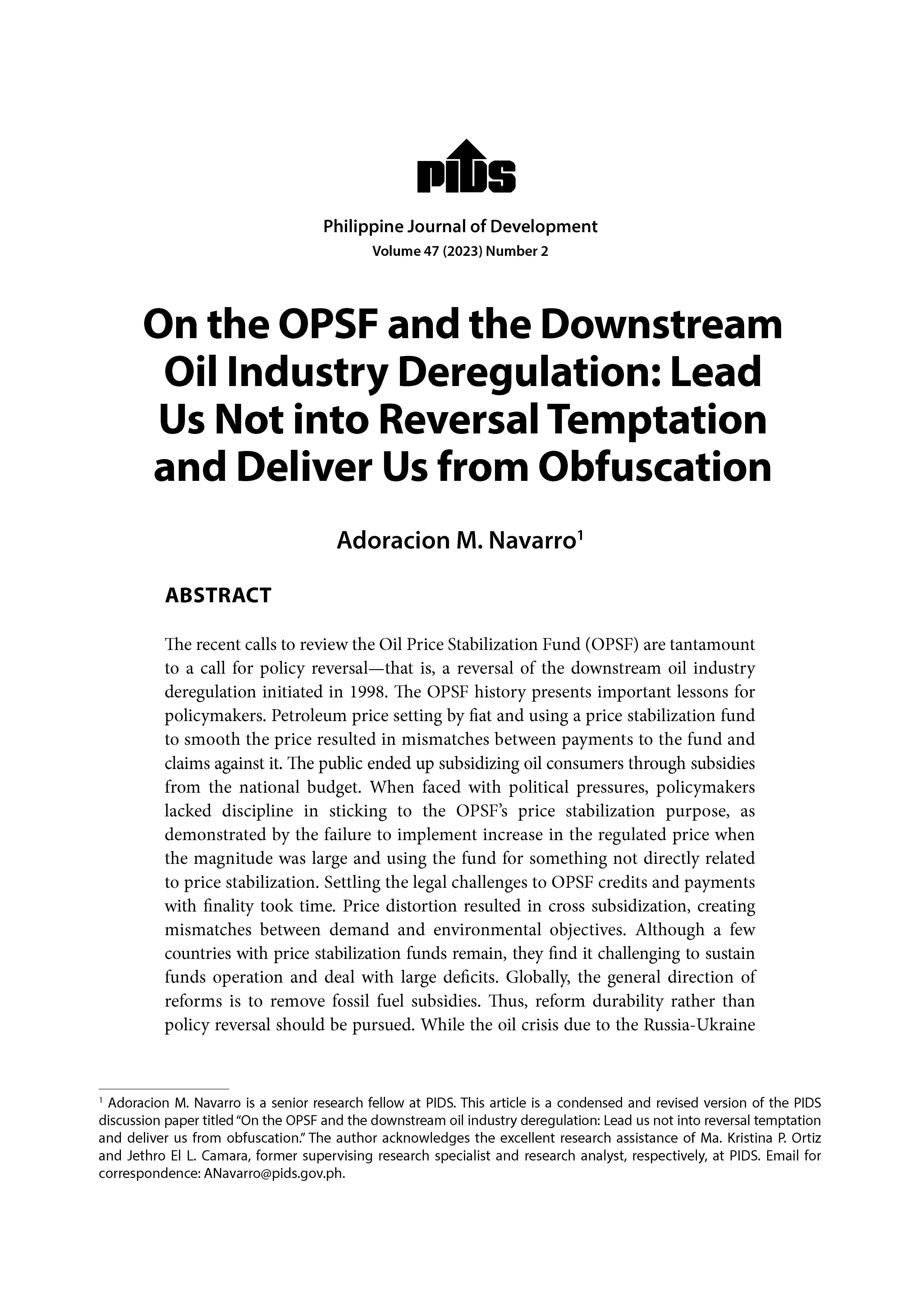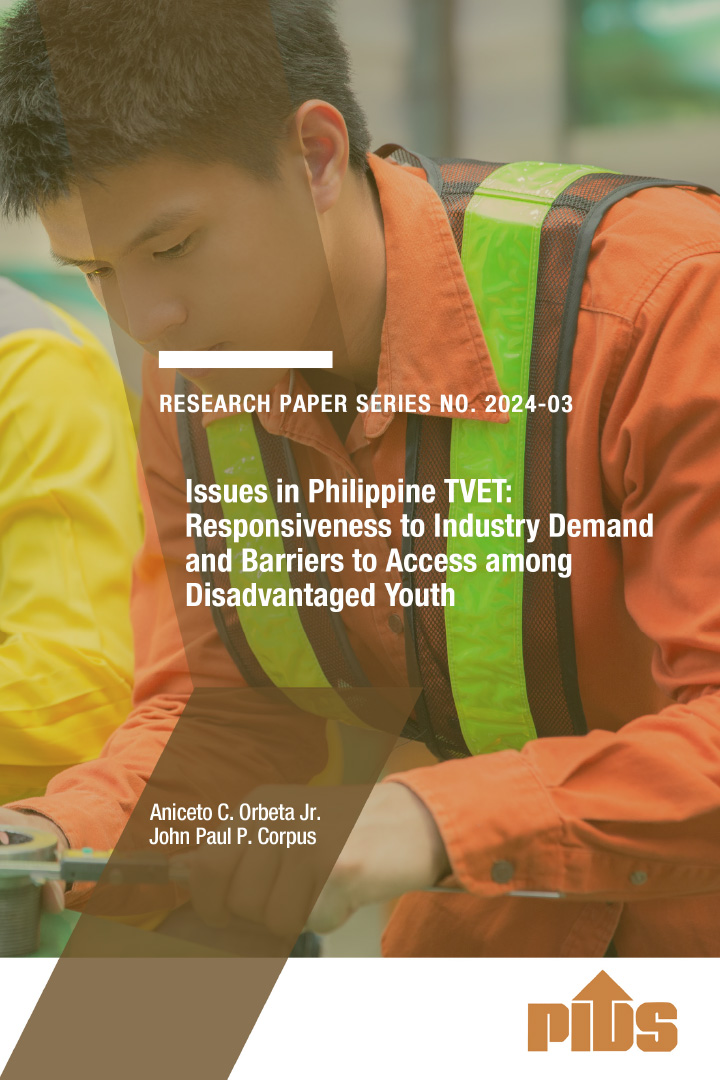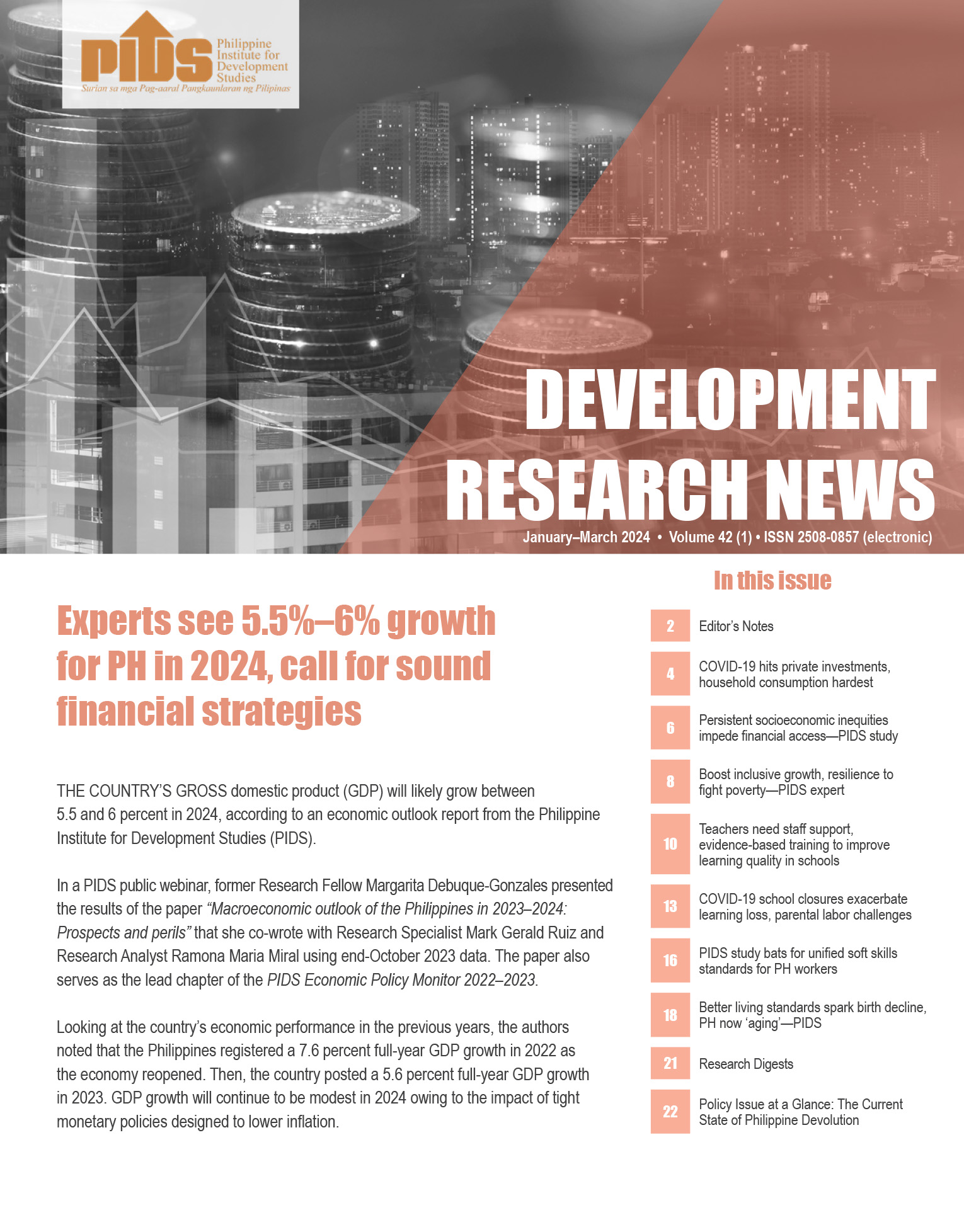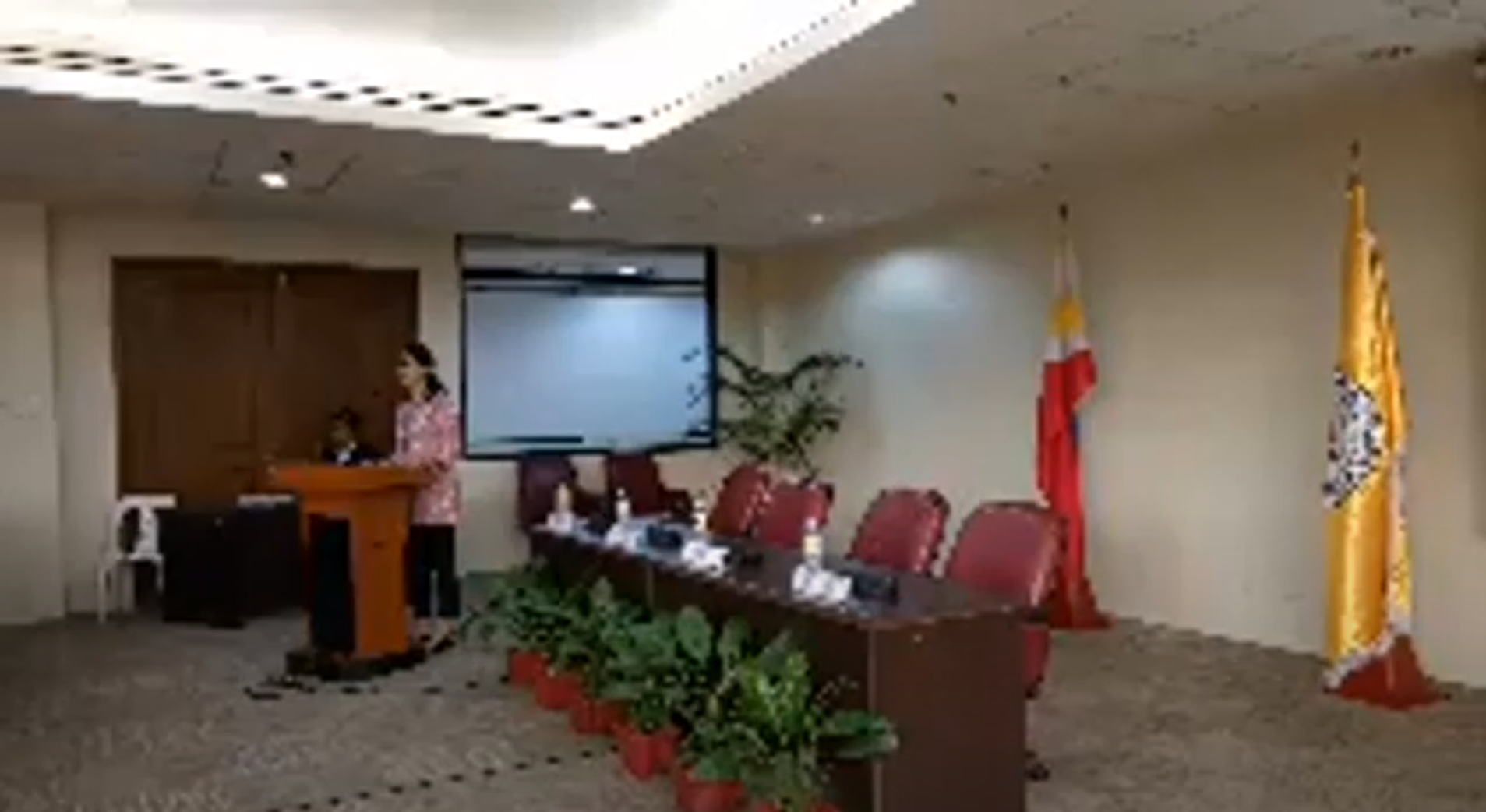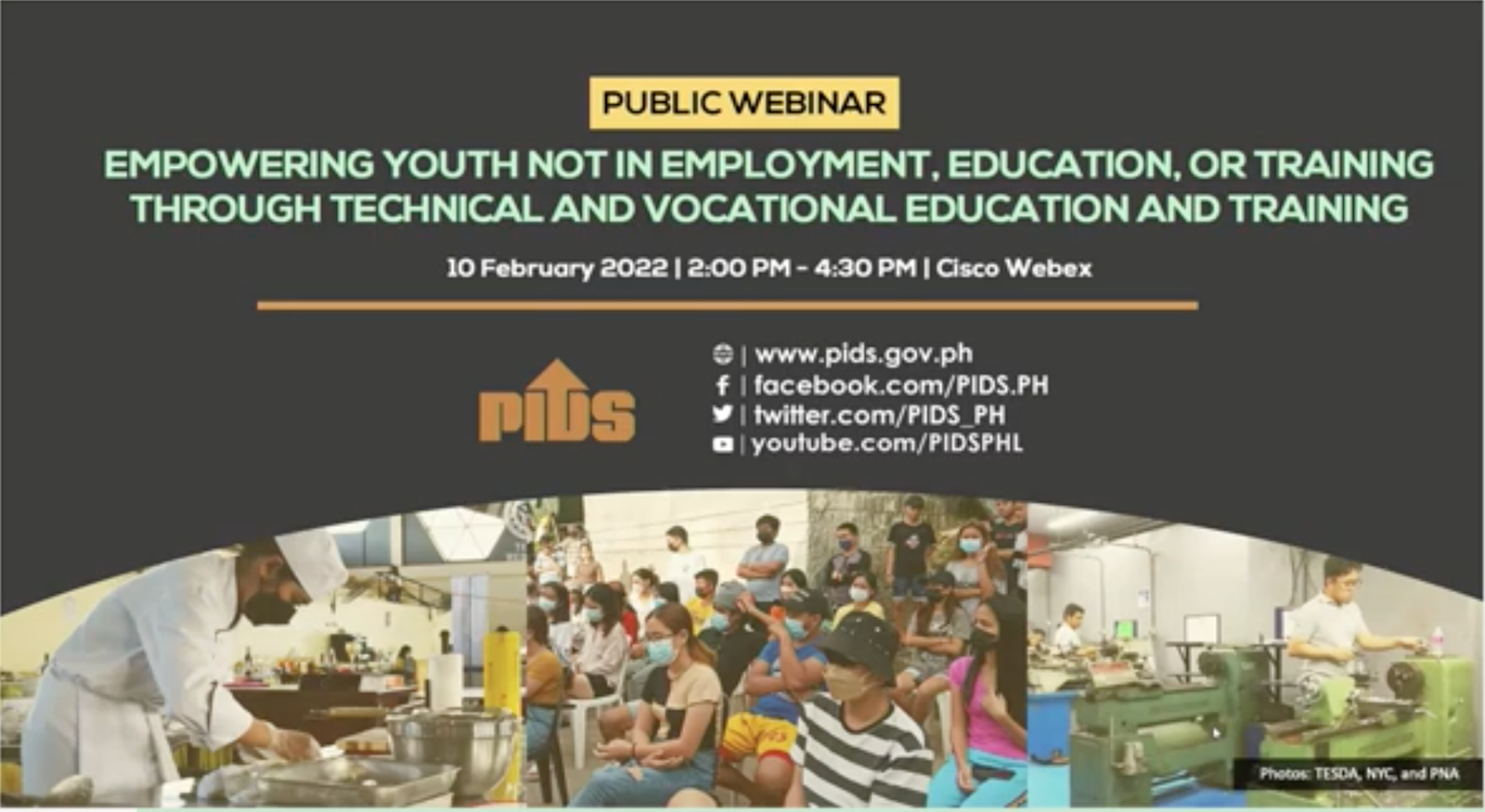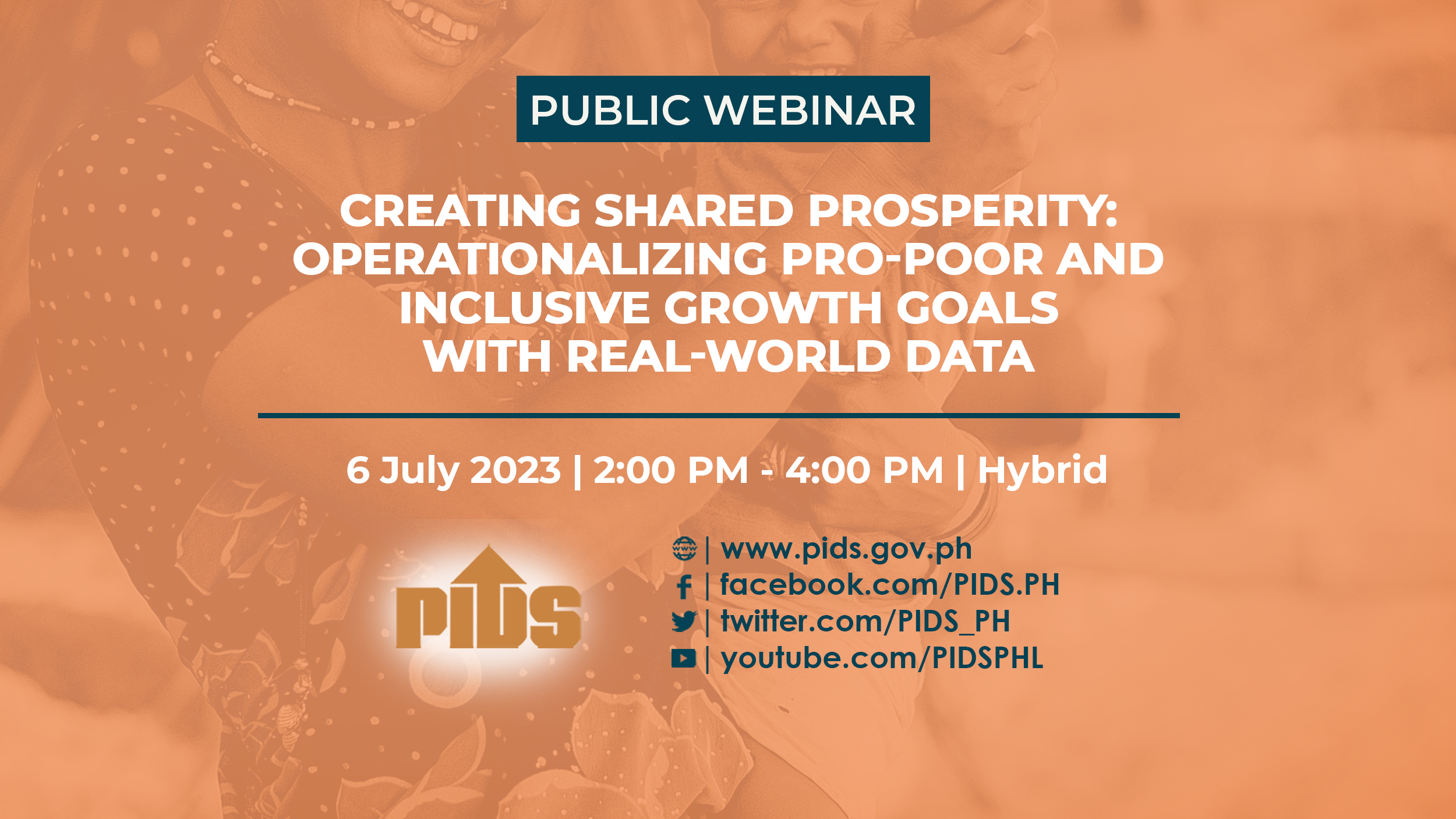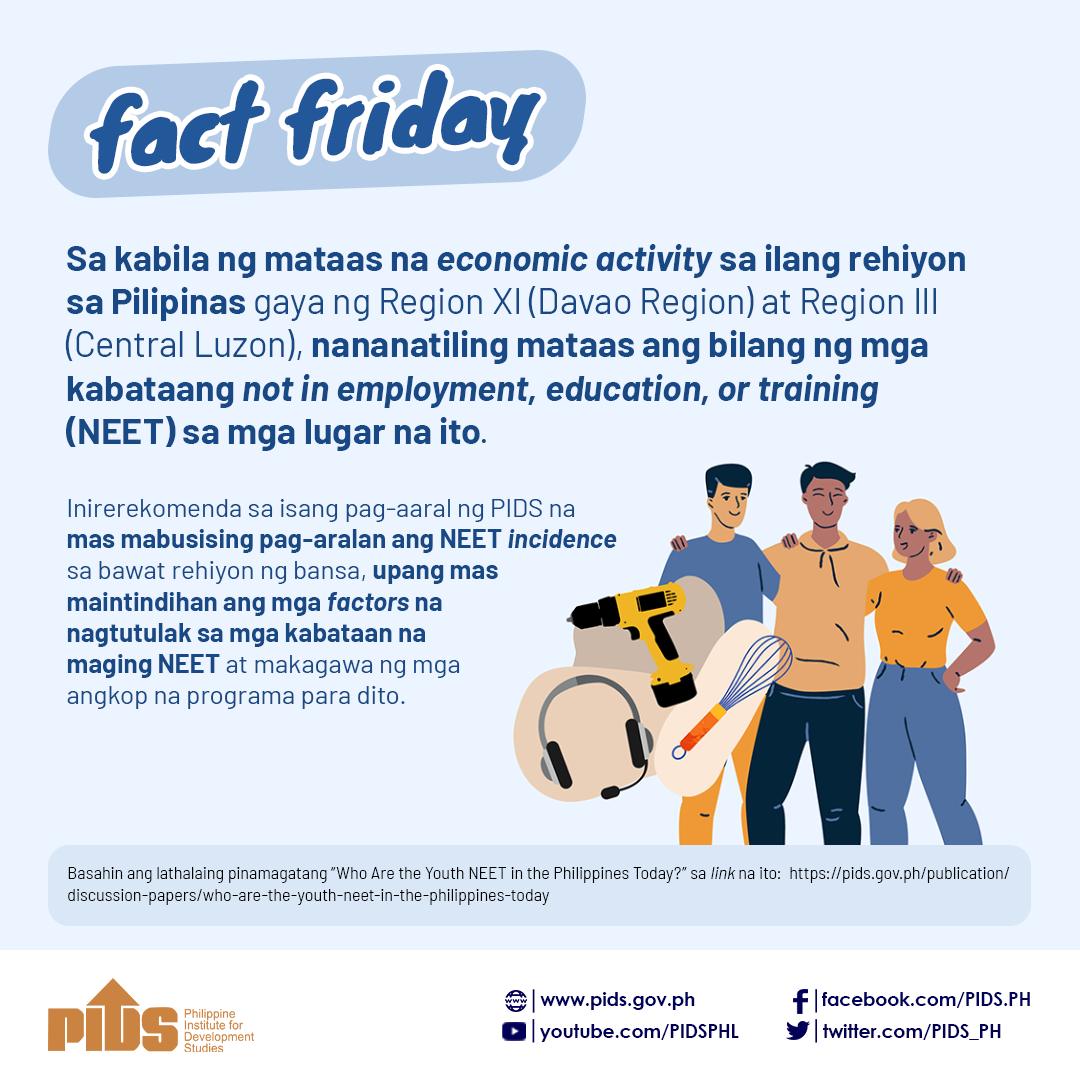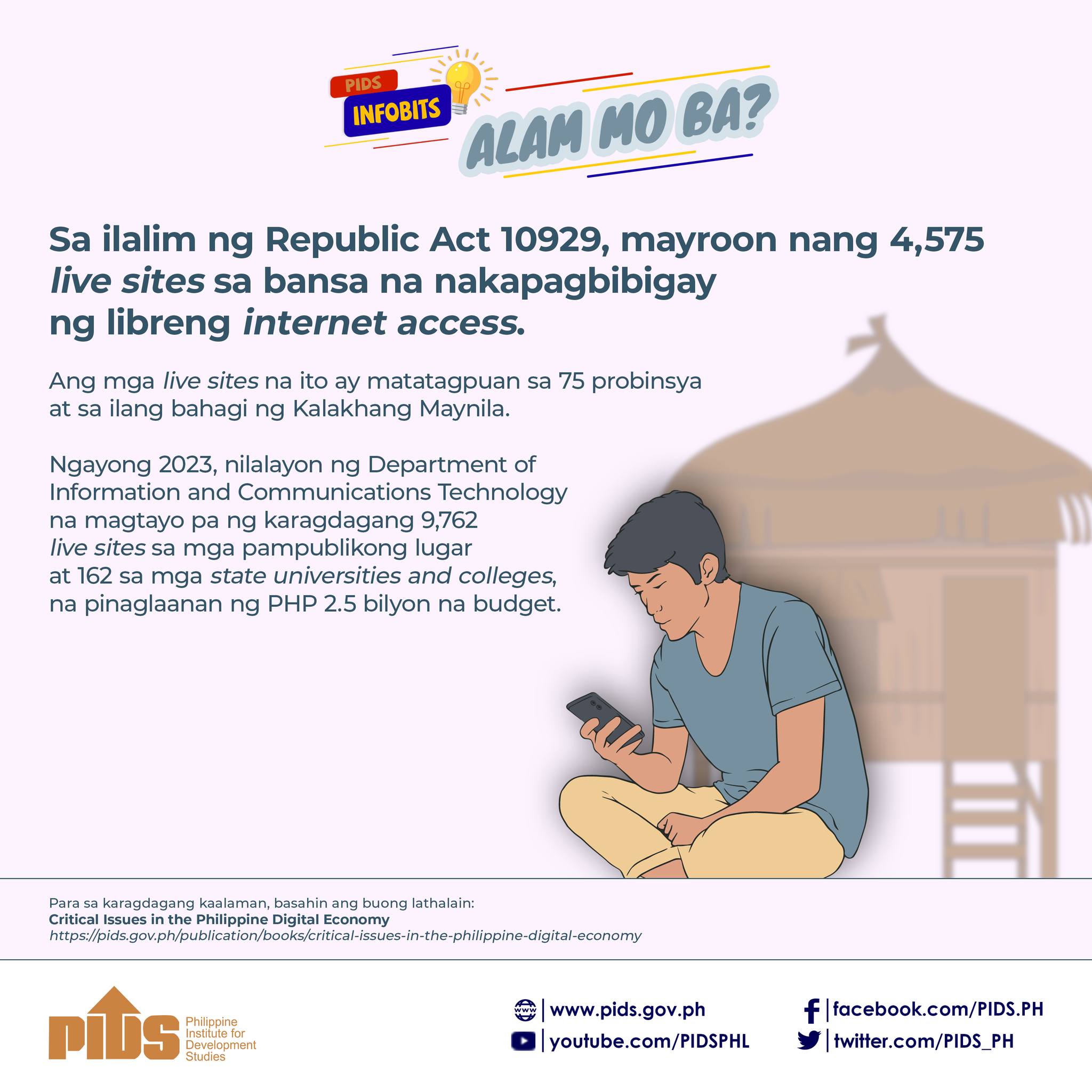Slum poverty in the Philippines cannot be simply addressed by traditional poverty programs such as cash transfers. The government needs to take regulatory actions that cut across administrative boundaries, a study published by the Asian Development Bank said.
The ADB publication titled, The Environments of the Poor in Southeast Asia, East Asia, and the Pacific, said that while many countries have made progress in reducing poverty, living standards for many poor people remain a major challenge due to the worsening environment degradation and increasing vulnerability to climate change.
The book compiled several papers on countries in the three regions, one of which looked into the situation of those individuals located in slum areas in the Philippines.
The paper titled, "Slum Poverty in the Philippines: Can the Environment Agenda Drive Public Action?” mentioned that Metro Manila is home to about two million slum dwellers, which make up 16 percent of the city’s population in 2010.
However, it said that households in slum areas are not necessarily income poor.
The report, authored by Philippine Institute for Development Studies Senior Research Fellow Marife Ballesteros, said that in 2010, more than 50 percent of the urban slum population in Manila live above the poverty line and can spend between $2 and $4 per day, but still reside in poor environments.
"The slum-dwellers who live above the poverty line usually make minimum salaries or wages and work casually. They continue living in the slums because there is no alternative shelter in the city and they cannot afford the cost of travelling from distant, less expensive, peri-urban regions for work and income earning opportunities in urban centers,” the study said.
"At the same time, not all the poor live in slums. Some are scattered around the city in areas with similar physical environments as the slums – a deficit of infrastructure and an insecurity of tenure,” it added.
The publication said that on a daily basis, slum dwellers are confronted with congestion, substandard housing, and a physically deteriorated environment that lacks public services altogether or has them only in a poorly maintained state.
The study noted that some slums have been formed in hazardous places, such as fault lines, unstable slopes, and rivers banks, among others.
"These locations are vulnerable to natural disasters and climate change. These environmental conditions lead to deepening poverty and rising inequalities through the following channels,” it said.
The report added that climate change is expected to increase illness in slums through increasingly severe and frequent natural hazards.
"The slum environment requires people with low income to pay more for basic services. It also requires them to pay for services to defend themselves from the likely effects of climate change in their living environment,” the study said.
"Unfortunately, these problems do not motivate the government to act since the government does not look at shelter deprivation as part of urban poverty caused by the environment. Shelter deprivation is mainly perceived as income poverty,” it added.
The publication said that government programmes on shelter are mostly directed to improving affordability of individual households, while less attention is given to settlement planning and infrastructure development.
"The threat to settlements brought about by climate change are mainly translated into activities and strategies for disaster response rather than effective prevention,” it said.
The report argued that slum poverty cannot be simply addressed by cash transfer programs.
"Slum formation and growth is not the simple result of rapid urbanization or income poverty, but also of a weak regulatory environment for urban planning, land development, and land markets. Insufficient government spending on infrastructure is also a major factor in slum formation,” it said.
The study said that the solution to slum poverty involves giving adequate attention to town planning to ensure appropriate land use planning and proper implementation of building codes and environmental laws.
"The provision of space for housing low-income families and the expansion of urban infrastructure to underserved, informal settlements should be an integral component of town planning,” the report said.
"Unlike in rural areas and smaller towns, where space allows more opportunities for the poor to change their environment, in metropolitan cities and slums individual households’ adaptation to climate change induced flooding and heat waves, and to congestion cannot substitute proper town planning,” it added.
The study concluded that adaptation requires government investment and regulatory actions, which is only effective through a strong presence of the national government, specifically for concerns that cut across boundaries of lower administrative or political units.
- See more at: http://www.malaya.com.ph/business-news/business/not-exactly-poor-2m-live-slums#sthash.mfMgmA83.dpuf

